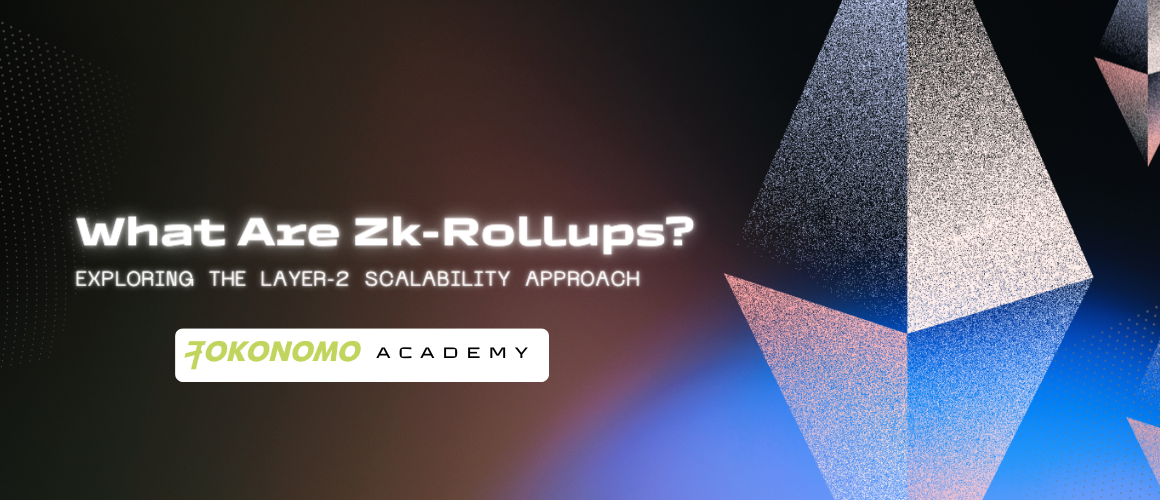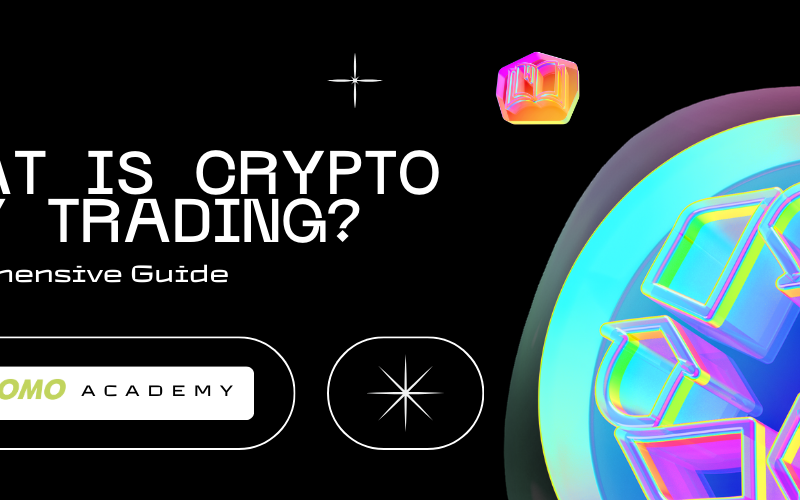Introduction
As the adoption of cryptocurrencies continues to expand, it becomes increasingly crucial to address the scalability issues encountered by blockchain networks. A congested blockchain not only results in reduced transaction speeds but also leads to elevated transaction fees. To tackle these challenges, we can explore two primary frameworks: Layer 1 and Layer 2 solutions.
- Layer 1 solutions, for instance, involve directly restructuring the foundational architecture of the blockchain. Sharding serves as a notable illustration of this approach. The segmentation of the blockchain into discrete segments enhances the system’s overall capacity and facilitates concurrent transaction processing.
- In contrast, Layer 2 solutions work atop the fundamental blockchain infrastructure. Within Layer 2, transactions are handled off-chain and subsequently aggregated into the base chain in bulk. Prominent techniques in this realm encompass state channels, sidechains, and rollups. Among rollup variants, Zk-rollups, leveraging zero-knowledge proofs, are a notable example.
What Are Zk-Rollups?
To grasp the concept of Zk-rollups, it’s imperative to gain a comprehensive understanding of both rollups and zero-knowledge proofs.


What are rollups?
Rollups, in their essence, offer the blockchain a unique ability to consolidate transaction data and process these data off-chain. After processing, the final outcomes are meticulously committed to the foundational blockchain. This approach of handling a multitude of transactions simultaneously serves to mitigate the risk of blockchain bloat, ultimately facilitating swifter and more cost-effective computations. Within the realm of rollups, two distinct categories emerge Optimistic rollups and Zk-rollups.
- Optimistic rollups operate on the presumption that all the transactions they encompass are legitimate. However, before these transactions become a permanent part of the blockchain, they undergo a waiting period during which the network can raise disputes to contest any suspicious transactions. Optimistic rollups are exemplified by projects such as Optimism, Arbitrum, and opBNB.
- In contrast, Zk-rollups, as their name implies, validate each individual transaction through the power of zero-knowledge-based validity proofs. While implementing Zk-rollups may entail greater complexity, their design circumvents the need for a dispute resolution period seen in optimistic rollups, potentially leading to faster transaction processing.
Now, delving into the realm of zero-knowledge proofs.
What are zero-knowledge proofs?
Zero-knowledge proofs (ZKPs) are cryptographic tools that empower one party (the prover) to convincingly demonstrate the truth of a statement to another party (the verifier) without revealing intricate details about that statement.
For a ZKP to be considered reliable, it must exhibit three essential attributes:
- Completeness: If the statement is indeed true and both parties are acting honestly, the proof will unfailingly confirm its veracity.
- Soundness: It should be practically impossible for a dishonest prover to persuade an honest verifier of the validity of a false statement, except under exceedingly rare circumstances.
- Zero-Knowledge: This is the distinguishing feature of ZKPs. At the conclusion of the proof, the verifier learns only the statement’s validity without gaining any insight into the statement’s actual content.
The mechanics of a ZKP can be dissected into three fundamental steps:
- Witness: In the initial stage, the prover shares a concealed piece of information, referred to as the “witness,” with the verifier. The objective here is to convince the verifier that the prover possesses access to specific data without explicitly disclosing that data. The witness formulates a set of queries related to the information, which only a legitimate prover can answer.
- Challenge: During this phase, the verifier issues challenges by selecting random questions from the predefined set.
- Response: In the final step, the prover successfully addresses the verifier’s questions to substantiate their credibility.
Now that we have elucidated the concepts of rollups and ZKPs, it’s time to unite them under a single umbrella and gain a deeper insight into how zk-rollups function.
How Do Zk-Rollups Work?
Zk-rollups consist of two fundamental components that are integral to their operation:
- On-chain contracts: Within the zk-rollup protocol, on-chain contracts play a pivotal role by defining the operational rules. This segment comprises two key contracts, namely the main contract and the verifier contract. The main contract functions as a repository for rollup blocks oversees deposit tracking, and facilitates critical updates. In contrast, the verifier contract is responsible for the validation of the Zero-Knowledge Proofs (ZKPs) generated.
- Off-chain virtual machines: Another crucial element in the zk-rollup ecosystem is the off-chain virtual machines, which carry out transaction execution beyond the primary Ethereum blockchain on Layer 2 (L2). These virtual machines operate autonomously, separate from the Ethereum chain.


Zk-rollups exhibit a close integration with the Ethereum blockchain, albeit within a distinctive layer. They refrain from overwhelming Ethereum with a deluge of transaction details, opting instead to provide consolidated summaries, ensuring that the foundational layer remains uncluttered and highly efficient.
Advantages and Disadvantages of Employing Zk-Rollups
So, let’s delve into the advantages of using zk-rollups. Take a closer look at the benefits they offer.
The Pros of Zk-Rollups
- Enhanced throughput: Zk-rollups excel in boosting transaction throughput by transferring transaction executions from the base layer to a more efficient computational environment. This approach prevents individual on-chain processing of transactions, resulting in a significant overall throughput increase.
- Alleviating congestion: Zk-rollups play a pivotal role in optimizing Layer 1 operations by reducing blockchain bloat. Moreover, they streamline the storage requirements for full nodes, as they only need to maintain zero-knowledge proofs rather than the entire dataset.
- Fee reduction: The decrease in network congestion achieved through zk-rollups translates into lower transaction fees for users, making it a cost-effective choice.
- Robust security measures: Zk-rollups integrate advanced security measures that empower users to withdraw their funds even in the event of issues within the rollup network. This unique feature sets them apart from sidechains, which may jeopardize funds during network failures.
- Expedited transaction challenge period: With zk-rollups, the verification process only involves validating the authenticity of proofs within the rollup, thereby significantly accelerating the transaction challenge period.
On the flip side, Zk-Rollups come with their own set of drawbacks, including:
The Cons of Zk-Rollups
- Inherent complexity: The foremost disadvantage of zk-rollups is their inherent intricacy. They are considerably more intricate to implement compared to optimistic rollups.
- Constrained by the base layer: Despite their efficiency, zk-rollups still face limitations imposed by the underlying base layer of the blockchain ecosystem.
- Liquidity fragmentation: Implementing any Layer 2 solution, including zk-rollups, can lead to the dispersion of liquidity within the ecosystem. This fragmentation of liquidity in base-layer protocols may potentially lead to issues in the long run.
Zk-Rollups vs Optimistic Rollups
Let’s take a closer look at how optimistic rollups and zk-rollups compare with one another.
| Zk-Rollups | Optimistic Rollups | |
| Challenge system | No challenge period | A challenge period exists for the network to challenge fraudulent transactions. |
| Assumption on transactions | All transactions are verified by zero-knowledge proofs | Transactions assumed valid |
| Complexity | Complex due to the utilization of zero-knowledge proofs | Comparatively simpler to implement |
| Proof mechanism | Validity proofs | Fraud proofs |
| Adoption | Relatively less widely adopted | Widely adopted due to less complexity |
| Examples | zkSync and Starknet | Optimism, Arbitrum, and opBNB |
Conclusion
Scalability is often hailed as the ultimate goal of blockchain technologies, and it’s crucial for a system to function at its best. Rollups, whether they’re optimistic or zk, have presented a sophisticated solution to address this age-old issue. Zk-Rollups, through their unique approach, offer the prospect of quicker transaction speeds, reduced network congestion, and enhanced security. While they do come with their own intricacies, their potential is substantial. For those who are enthusiastic about the future of digital currency, gaining a comprehensive understanding of zk-rollups is imperative. As we strive for improved blockchain performance, it’s paramount to acquaint ourselves with zk-rollups and their promising role in shaping the future.











